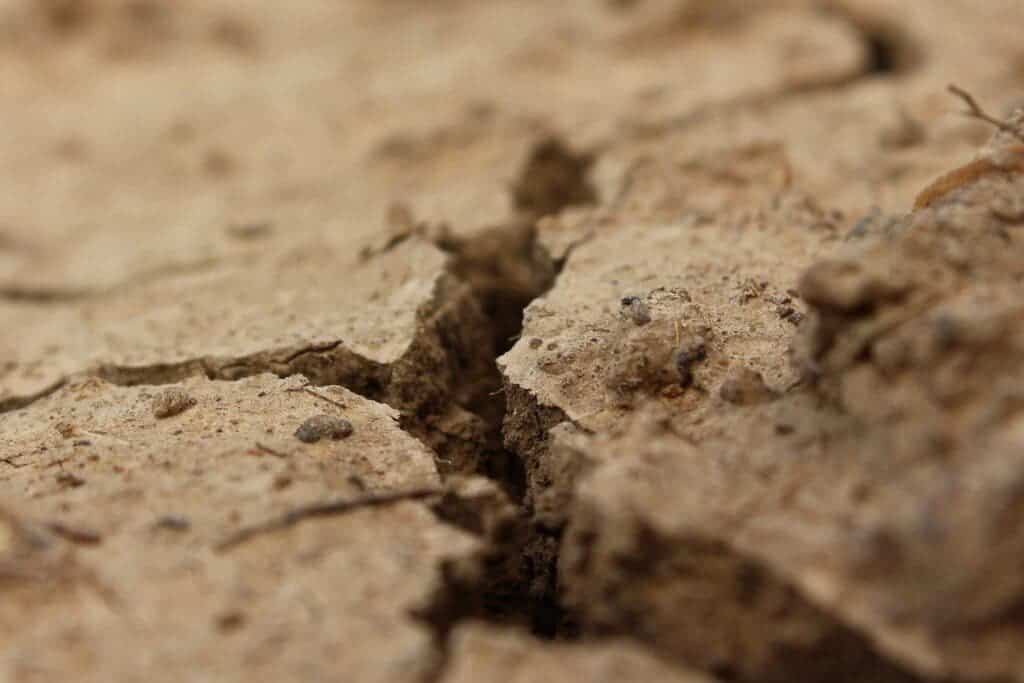Warming, shifting climate patterns are likely to push the United States and northern Mexico into extreme, long-term drought.

The string of dry years that began in the 2000s could be the harbingers of the worst megadrought seen since prehistory, a new study reports. The researchers used modern weather observations and 1,200 years’ worth of tree-ring data to inform dozens of climate models and report that human-caused climate change is at the root of this issue.
Dry, getting dryer
“Earlier studies were largely model projections of the future,” said lead author Park Williams, a bioclimatologist at Columbia University’s Lamont-Doherty Earth Observatory. “We’re no longer looking at projections, but at where we are now. We now have enough observations of current drought and tree-ring records of past drought to say that we’re on the same trajectory as the worst prehistoric droughts.”
Modern observations can only give us climate data back to about the 1900s, so the team used tree rings to inform their models earlier than that. By analyzing the rate at which these rings grew you can infer conditions such as yearly soil moisture levels throughout time; from that data, broader climate conditions can be determined.
Previous research has tied major, natural droughts with social upheaval in the Medieval area in the American Southwest. The new study expands on that research by offering the most up-to-date and comprehensive long-term analysis covering an area that stretches across nine U.S. states, from Oregon and Montana down through California and New Mexico, and includes part of northern Mexico.
Using tree-ring data, the authors charted dozens of droughts that spread across the region since 800 AD. Four of them, in the late 800s, mid-1100s, the 1200s, and the late 1500s, were dramatic enough to be classed as megadroughts, lasting decades at a time. There were no events of such magnitude recorded after 1600.

Image credits Park Williams et al., (2020), Science.
Judged from the perspective of soil moisture, the team explains, the period from 2000 to 2018 was the second-driest 19-year increment seen during any drought, only being outdone by the 1575 to 1603 interval — however, the difference between these two is slight and within the margin of error, meaning they could be equally dry. The current drought is also spread more widely and is more consistent than any previous megadrought.
While all those past megadroughts lasted well over 19 years (some even lasted a full century), they all began with trends similar to those showing up now, the team says.
Why now?
Some natural factors, such as El Niño and La Niña, contribute to this incoming drought, but rising temperatures are behind at least half of its severity and pace, the authors argue. Average temperatures since 2000 have risen to 1.2 degrees C (2.2 F) above normal and, because hotter air tends to hold more moisture, that moisture is being pulled from the ground, which further dries out the soil. If this overall warming were subtracted from the equation, the current drought would rank as the 11th worst detected.
“It doesn’t matter if this is exactly the worst drought ever,” said coauthor Benjamin Cook from Lamont and the Goddard Institute for Space Studies. “What matters is that it has been made much worse than it would have been because of climate change.”
As temperatures are expected to keep rising, the drought will likely continue for the foreseeable future or stop briefly only to return, the team concludes. While the team doesn’t predict that the region will become and stay arid, they say that “it is possible”.
“Because the background is getting warmer, the dice are increasingly loaded toward longer and more severe droughts,” said Williams. “We may get lucky, and natural variability will bring more precipitation for a while. But going forward, we’ll need more and more good luck to break out of drought, and less and less bad luck to go back into drought.”
The paper “Large contribution from anthropogenic warming to an emerging North American megadrought” has been published in the journal Science.






